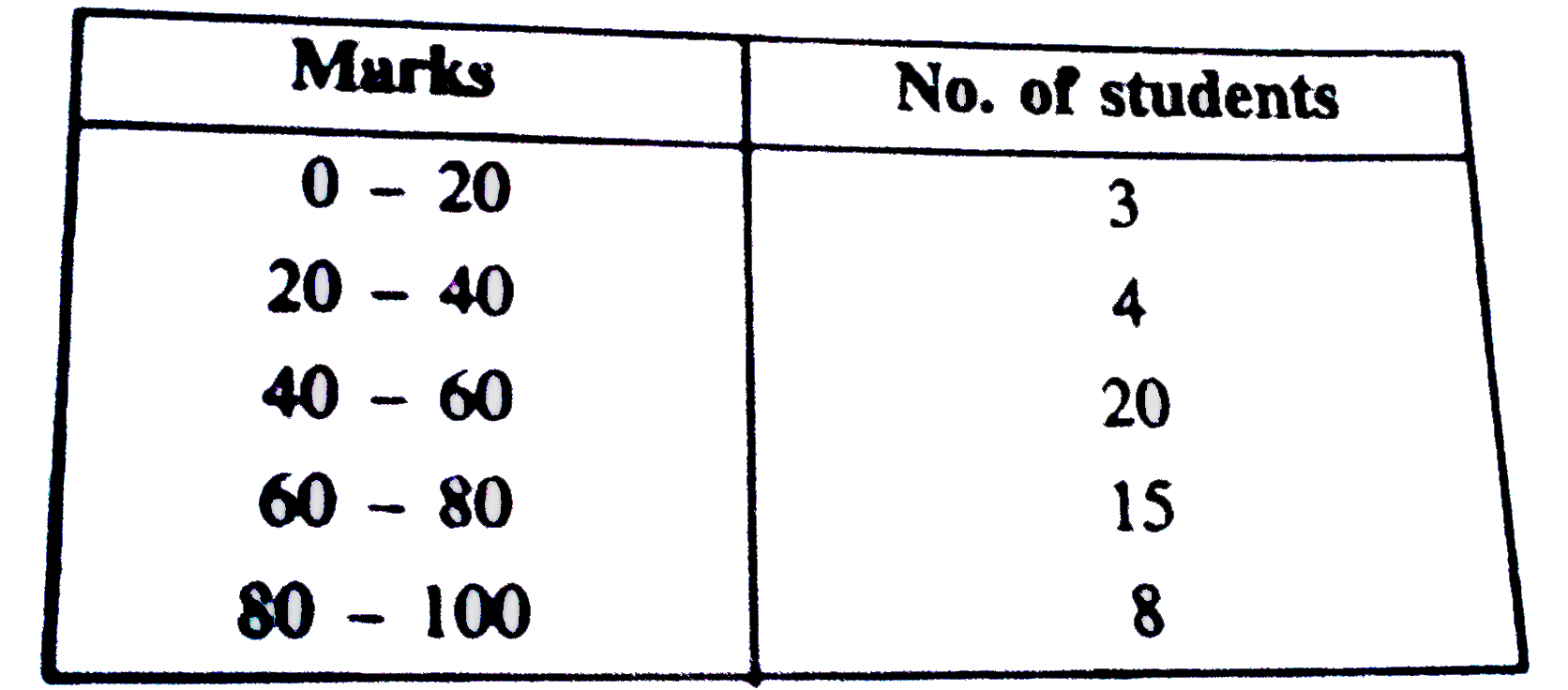If Q1,Q2,Q3,Q4 are the quadrants in a Cartesian plane then Q2∩Q3 is ________.Solution in Tamil
Q1∪Q2
Q2∪Q3
Null set
Negative x-axis
The correct Answer is:Null set
Step by step video, text & image solution for If Q_(1),Q_(2),Q_(3),Q_(4) are the quadrants in a Cartesian plane then Q_(2) nn Q_(3) is ________. by Maths experts to help you in doubts & scoring excellent marks in Class 9 exams.
Topper's Solved these Questions
- BOOK - FULL MARKSCHAPTER - COORDINATE GEOMETRYEXERCISE - ADDITIONAL QUESTIONS (MULTIPLE CHOICE QUESTIONS)15videos
COORDINATE GEOMETRY
- BOOK - FULL MARKSCHAPTER - COORDINATE GEOMETRYEXERCISE - ADDITIONAL QUESTIONS (ANSWER THE FOLLOWING QUESTIONS)7videos
COORDINATE GEOMETRY
- BOOK - FULL MARKSCHAPTER - COORDINATE GEOMETRYEXERCISE - EXERCISE -5.57videos
COORDINATE GEOMETRY
- BOOK - FULL MARKSCHAPTER - ALGEBRA EXERCISE - Assignment Answer the following questions :1videos
ALGEBRA
- BOOK - FULL MARKSCHAPTER - GEOMETRYEXERCISE - Assignment (IV. Answer the following questions)9videos
GEOMETRY
Similar Questions
On which quadrant does the point (-4,3) lie ?
01:18View SolutionShow that the given points (1,1) ,(5,4) and (-2,5) are the vertices of an isosceles right angled triangle.
05:05View SolutionFind the centroid of the triangle whose vertices are (i) (2,-4), (-3,-7) and (7,2)
02:09View SolutionSubtract 5x2−4y2+6y−3 from 7x2−4xy+5y2+5x−3y
03:14View SolutionIn the given diagram PQRS is a parellelogram.
∠S=4x−60∠Q=30−x. Find the angles of P and R .
 02:12View Solution
02:12View SolutionThree charged paricles are placed on a straight line as shown in fig. q_(1) and q_(2) are fixed but q_(3) can be moved. Under the action of the forces from q_(1),q_(2) and q_(3) is in equilbrium. What is the relation between q_(1) and q_(2) .
15:24View SolutionIn plate A has 100 muC charge, while plate B has 60 muC charge. a. When both switches are open, then q_(1)="_____" q_(2)="______" q_(3)="______" q_(4)="_______" b. When switch S_(1) is closed, the q_(1)="_____" , q_(2)="______" q_(3)="_______" , q_(4)="_____" c. When switch S_(1) is also closed, then q_(1)="______" q_(2)="______" q_(3)="______" ltbrlt q_(4)="_______" . .
View SolutionIn, the charges on C_(1),C_(2) , and C_(3) , are Q_(1), Q_(2) , and Q_(3) , respectively. .
02:02View SolutionAssertion: Four point charges q1,q2,q3 and q4 are as shown in Fig,The flux over the shown Gaussians surface depends only on charges q1 and q2
Reason:Electric field at all points on Gaussians surface depends on any charges q1 and q2
 03:55View Solution
03:55View SolutionA charge q1 exerts some force on a second charge q2 If a third charge q3 is brought near q2, then the force exterted by q1 on q2
04:13View SolutionCalculate Q1,Q2andQ3,
 09:18View Solution
09:18View SolutionIf q1,2,q3 are roots of the equation x3+64=0, then the value of ∣∣ ∣ ∣∣q1q2q3q2q3q1q3q1q2∣∣ ∣ ∣∣ is :-
03:12View SolutionIf Q1,Q2,Q3,Q4 are the quadrants in a Cartesian plane then Q2∩Q3 is ________.
03:08View Solutionएक लघु द्विध्रुव के अक्ष पर स्थित एक बिंदु आवेश पर विद्युत बल F है। यदि दूरी को दोगुना करने के लिए आवेश को अक्ष के अनुदिश स्थानांतरित किया जाता है, तो विद्युत बल का अभिनय होगा:
01:43View Solutionएक बिन्दु आवेश q1, एक अन्य बिन्दु आवेश q2 पर F बल आरोपित करता है q3 को q2 के समीप में रख दिया जाये तो q1 के कारण q2 पर बल का मान होगा -
03:36View SolutionAssume the three parallel-edged plates with an area of charge of A are negligible. Charge on two external surfaces a and (A)(Q_(1)+(Q_(2)+Q_(3)))/(2) (B)(Q_(1)+Q_(2)+Q_(3))/(3) (C ) (Q_(1)-(Q_(2)+Q_(3)))/(3) (D)(Q_(1)-(Q_(2)+Q_(3)))/(2)
02:47View Solution

